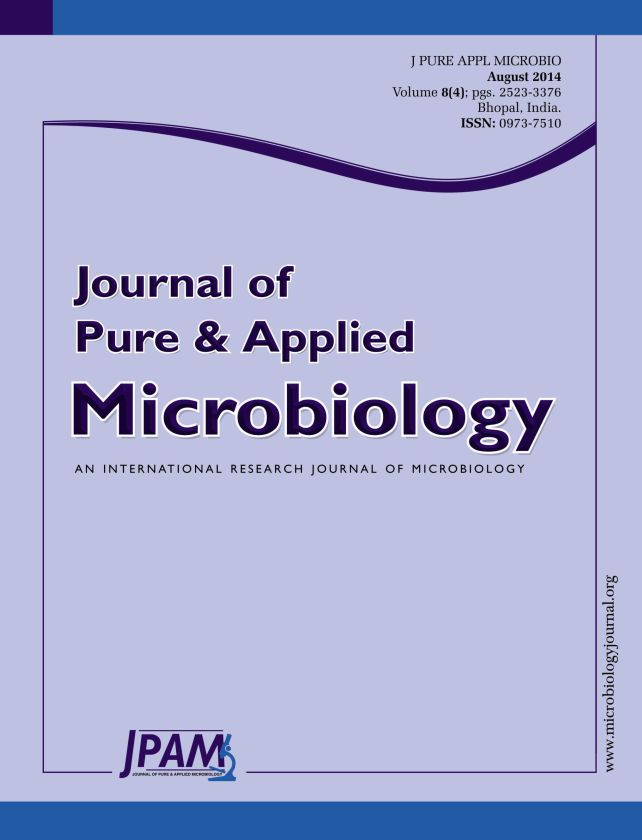Prolactin (PRL) hormone plays an important role in many biological processes in animals and humans, such as mammogenesis, lactogenesis and galactopoiesis. In dairy cattle, the PRL gene is a potential quantitative trait locus that is used to evaluate milk performance traits. We analyzed the sequence of prolactin (PRL) and prolactin receptor (PRLR) genes from 30 Saudi native sheep breed in order to investigate whether mutations in this gene can affect milk yield as well as composition. The genetic variability in the prolactin and prolactin receptor (PRLR) genes in Saudi indigenous sheep has been described. Three DNA fragments, a 156 bp fragment from PRL-exon 3 and two fragments represented in intron 1 (215bp) and intron 2 (176bp) of PRLR, were amplified and sequenced from Najdi sheep. The genetic effects of DNA polymorphisms on different traits related to milk production and composition were evaluated. Preliminary analysis showed no significant associations between PRL and PRLR genotypes and milk performance. There was only one haplotype (one version of these segments). Indigenous Najdi breed sheep was monomorphic at exon 3, intron 1 and intron 2. Further work is needed to investigate more individuals of Najdi sheep as well as other Saudi milk producing sheep breeds in order to understand the relationship between variability in PRL and PRLR and the milk yield and composition in these breeds.
Prolactin gene, prolactin receptor gene, Najdi sheep, milk traits
© The Author(s) 2014. Open Access. This article is distributed under the terms of the Creative Commons Attribution 4.0 International License which permits unrestricted use, sharing, distribution, and reproduction in any medium, provided you give appropriate credit to the original author(s) and the source, provide a link to the Creative Commons license, and indicate if changes were made.


